About
Visit
Museum
Photos
Video
News
Events



STATEHOUSE NEWS

In commemoration of Ohio’s founding March 1, 1803, the Ohio Statehouse will host a small exhibit in the Statehouse Rotunda Feb. 27 through March 3. The Statehood Day exhibit will include the film, “The Debate Over Statehood,” which depicts the struggle for Statehood between Arthur St. Clair and Thomas Worthington.
The film highlights Ohio’s journey to statehood through an interesting tale of political intrigue between Federalists and Anti-Federalists, a governmental rivalry rooted in the fight for ratification of the U.S. Constitution. The display will also include the original portraits of St. Clair and Worthington and a model of the first Columbus Capitol. Seating will be available.
Arriving to Ohio in 1796 Thomas Worthington, quickly, emerged as a political leader in the Northwest Territory. Worthington built his home, Adena, near Chillicothe. From 1799 to 1803, Worthington served in the territorial legislature. A committed member of the Democratic-Republican Party, Worthington became a major opponent of the Northwest Territory’s Governor Arthur St. Clair and the Federalist Party. St. Clair actively opposed Ohio’s admittance to the Union. He hoped that Ohio would not become a single state but rather two states.
Worthington and several others urged President Thomas Jefferson, to make Ohio a state. Worthington personally traveled to Washington, D.C. to urge Ohio statehood. Jefferson responded by approving the Enabling Act of 1802. This act called on the people of Ohio to form a constitutional convention and to fulfill other requirements of the Northwest Ordinance to become a state. St. Clair denounced the Enabling Act, prompting Jefferson to remove St. Clair as territorial governor. Ohio became the 17th state of the United States March 1, 1803.
Worthington served in the Ohio General Assembly briefly in 1803 but became one of Ohio's first two United States Senators in that same year. He served as a senator until 1807. He then became a member of the Ohio General Assembly for the next two years. In 1810, he returned to the United States Senate. While in the Senate, Worthington urged the United States government to send military assistance to the settlers of Ohio to aid them against the Indian forces of Tecumseh and the Prophet. He also believed that the United States was too weak to defend itself adequately against the British and opposed the War of 1812. He resigned his senate seat in December 1814 to become governor of Ohio. He was reelected governor in 1816.
Dates Leading Up to Statehood
• Nov. 29, 1802, Ohio adopted its first state constitution and ratified that of the United States.
• Feb. 19, 1803, when the Congress of the United States passed the Enabling Act recognizing Ohio's statehood and establishing the United Stated District Court for Ohio.
• March 1, 1803, when the first General Assembly convened in Chillicothe.
About Ohio History
After the American Revolutionary War, the U.S. Congress intended to convert land ceded by the British into organized states. The area now known as Ohio became part of the Northwest Territory, the land north and west of the Ohio River. The Northwest Ordinance of 1787 provided for an orderly administration of this territory and its transformation into settled states. By 1802, the population of the eastern division of the Northwest Territory had reached 45,000, and Congress authorized an election of delegates and the drafting of a state constitution in preparation for Ohio’s admission to the Union. A constitutional convention held in Chillicothe in November 1802 drafted Ohio’s first constitution.
After elections held in January 1803, the first Ohio General Assembly convened in Chillicothe. Ohio entered the Union March 1, 1803, as the 17th state.
When Ohio joined the Union in 1803, a two story stone building in Chillicothe served as the state capitol. In 1810, for political reasons, the General Assembly moved the capital temporarily to Zanesville, holding sessions in the new brick courthouse. Legislation enacted on Feb. 20, 1810, provided for the selection of a permanent site for a capital “not more than 40 miles from what may be deemed the common center of the state,” ruling out both Chillicothe and Zanesville.
In 1812, the General Assembly established Columbus as the capital city; Chillicothe would be the temporary capital until the new capitol could be built in Columbus. The first Columbus capitol was completed in 1816 and was located on the southwest corner of Capitol Square (State and High Street).
Images are available upon request or online at:
http://www.ohiostatehouse.org/Multimedia/MediaLibrary/Collection.aspx?collectionId=102203.
To view this press release and others, visit www.ohiostatehouse.org.
# # #
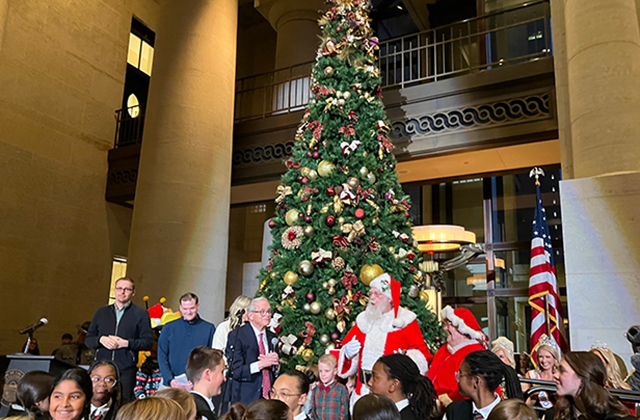 Holiday Festival and Tree Lighting 2025
Holiday Festival and Tree Lighting 2025 Holiday Santa Photos 2025
Holiday Santa Photos 2025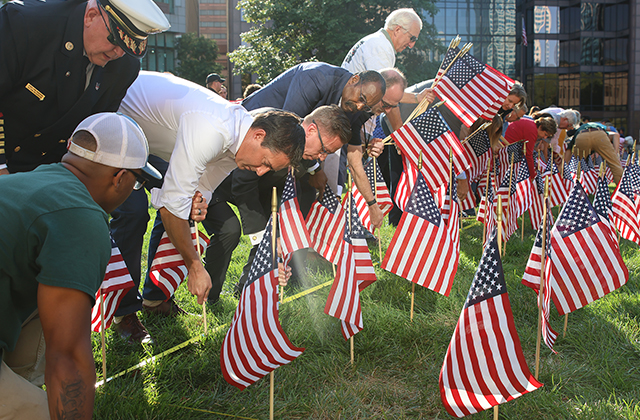 Flags for 9-11 in 2025
Flags for 9-11 in 2025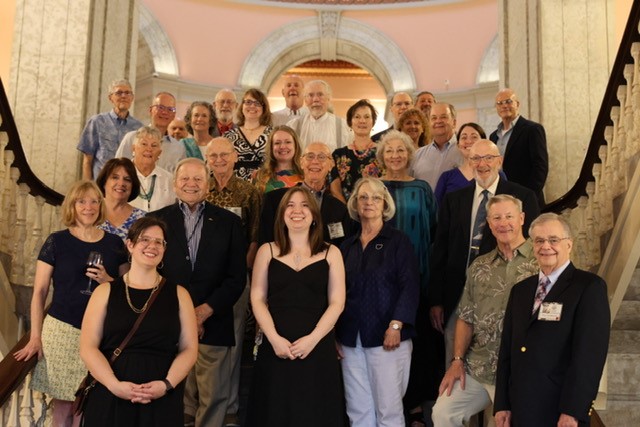 2025 Volunteer Appreciation Dinner
2025 Volunteer Appreciation Dinner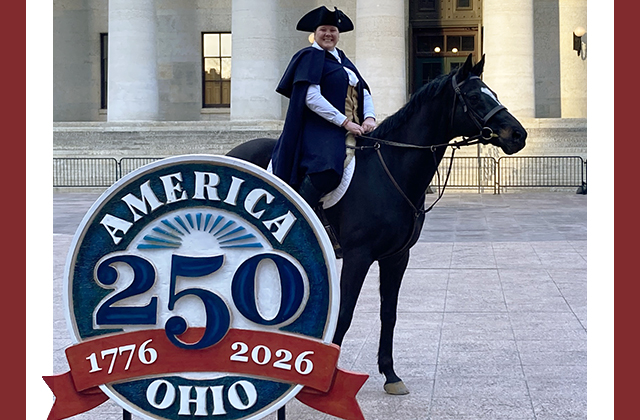 America 250-Ohio
America 250-Ohio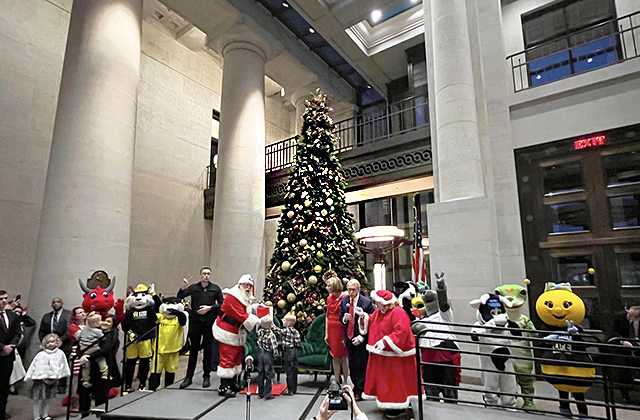 Holiday Festival and Tree Lighting 2024
Holiday Festival and Tree Lighting 2024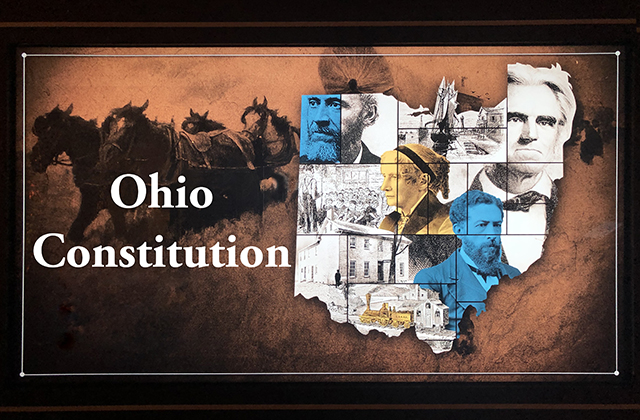 Ohio Constitution Videos
Ohio Constitution Videos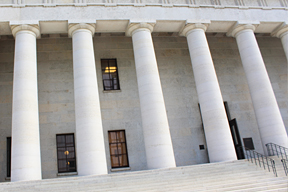 Ohio Statehouse Videos
Ohio Statehouse Videos






